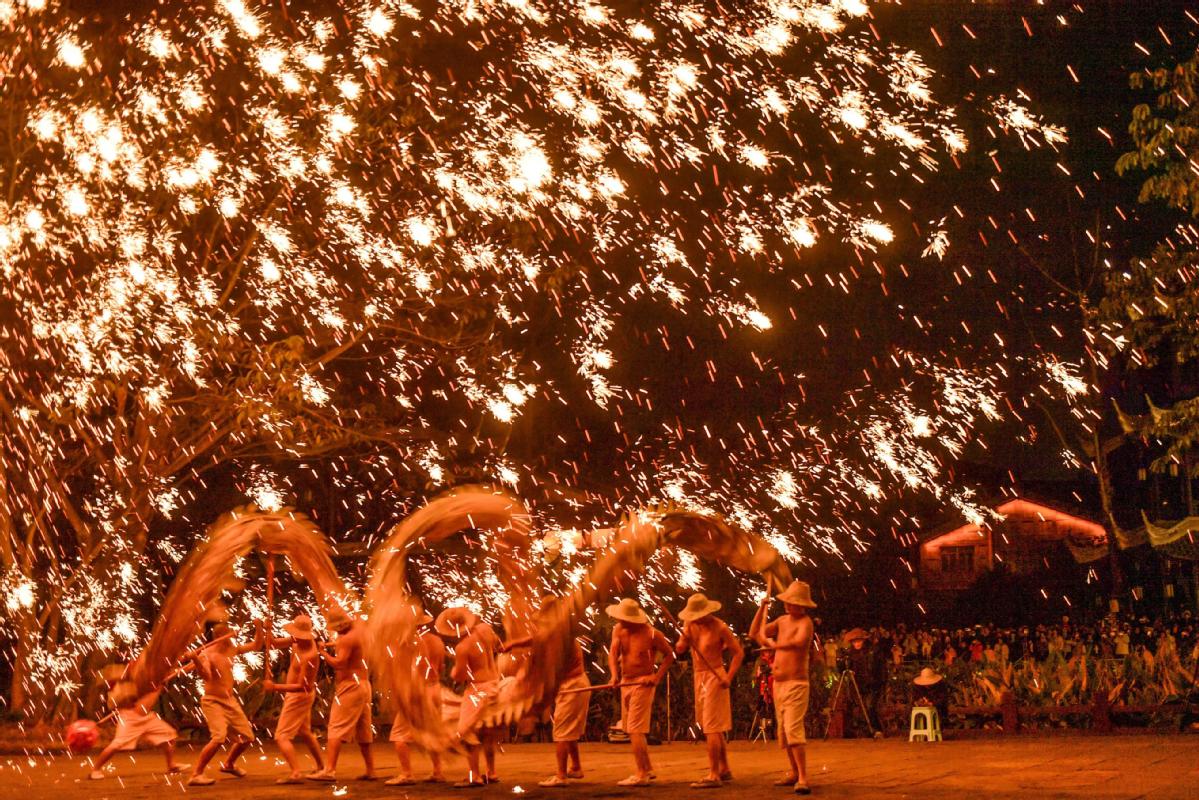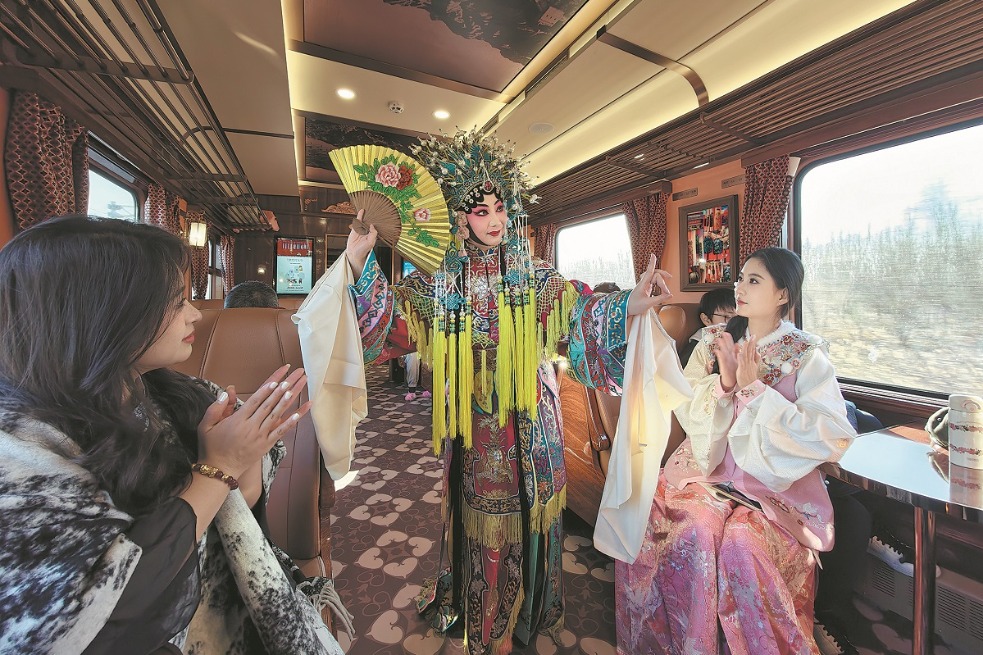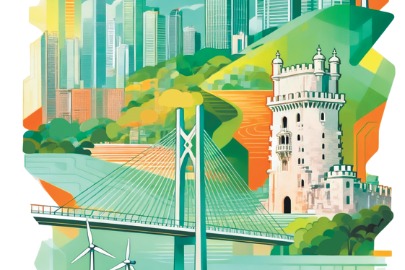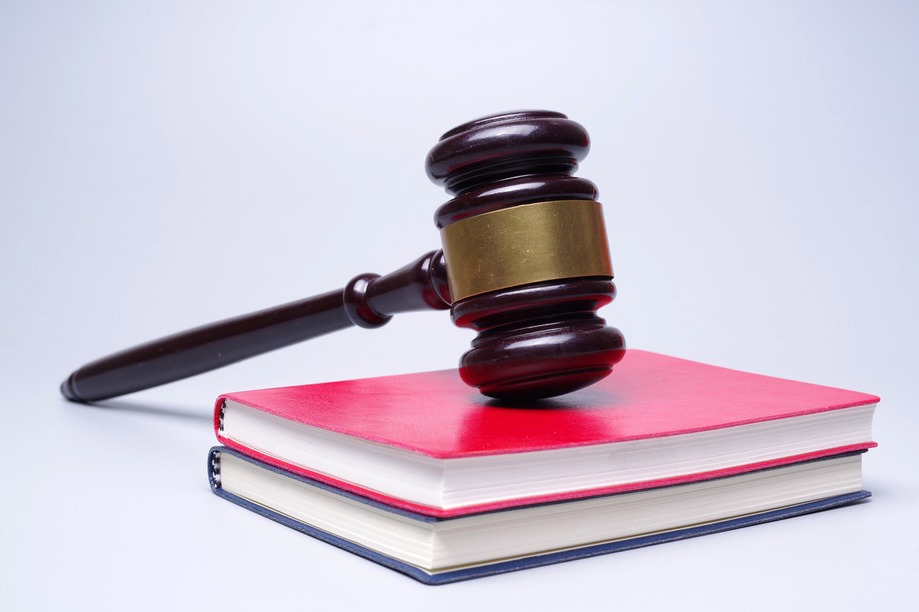Multiple factors to blame for Sri Lanka's woes: China Daily editorial


Hundreds of thousands of angry protesters stormed the presidential palace in Colombo, capital of Sri Lanka, and broke into the prime minister's private residence and set it on fire on Saturday.
They are in a rage because of an unprecedented economic crisis that has caused shortages of food, fuel and medicines for ordinary people, and they are demanding that President Gotabaya Rajapaksa resign, blaming him and his family for what they see as incompetence and corruption.
Indeed, the pace at which the once-relatively rich country has failed economically is both surprising and saddening.
Some Western politicians with ulterior motives have tried to blame China for Sri Lanka's dire situation, claiming its extensive loans to the country have dragged it into a debt trap. However, China ranks only third among Sri Lanka's creditors after Japan and the Asian Development Bank and accounts for only 10 percent of its debt. Its loans have mainly served Sri Lanka's infrastructure and economic development.
A combination of many factors, both domestic and external, has driven the Sri Lankan economy from bad to worse. Terrorism was the first to blame. Tourism used to generate 10 percent of the country's GDP. Yet in 2019, bombings carried out by Islamic State-linked militants killed more than 250 people on Easter Sunday, bringing the country's tourism to a near stop.
Adding to the woes were the government's flawed policies.
In 2019, the new government of Rajapaksa launched the country's largest tax cuts in history, slashing value-added tax to 8 percent from 15 percent, among other tax reductions, in the hope of reviving the fragile economy. Yet the move severely reduced government revenue and prompted creditors to downgrade Sri Lanka's ratings, thus preventing the country from borrowing more money as its foreign reserves shrank.
This problem was compounded by the US abruptly raising interest rates and shrinking its balance sheet, which led to drastic changes in the international financial environment.
Moreover, in April 2021, Rajapaksa announced that the country would only allow organic farming, banning fertilizers. This led to a 20 percent drop in rice production, which drove the price of rice higher, making life more difficult for poor people.
The final straw was the ongoing conflict between Russia and Ukraine. That has pushed prices of food and oil even higher, given that Sri Lanka imports 45 percent of its wheat and more than half of its soybeans from the two countries, which are also key buyers of Sri Lanka tea and important sources of tourists. Inflation in Sri Lanka now stands around 40 percent and food prices were up nearly 60 percent in May, forcing Sri Lankans to skip meals and line up for hours to try to buy fuel.
China has been and will always be Sri Lanka's reliable friend and partner, ready to provide any assistance to the country in the best of its capacity.
It will continue to work with Sri Lanka to help the country overcome its current difficulties.


































